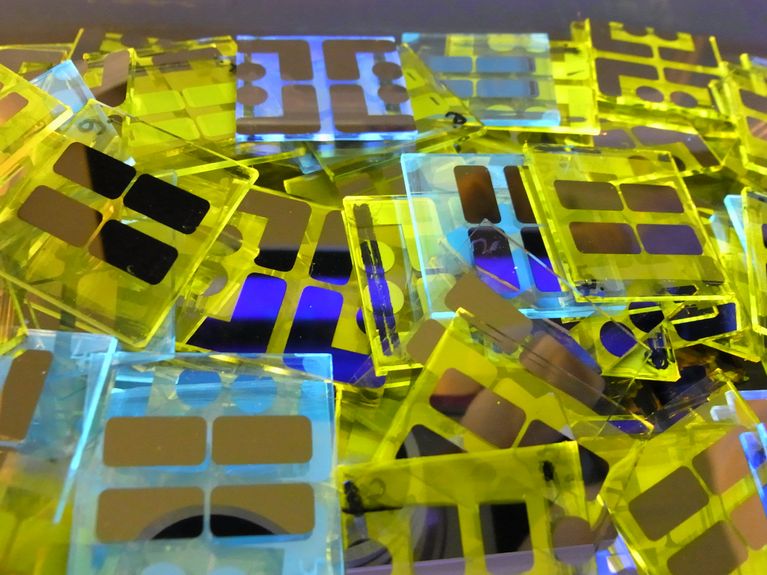
Challenge #116
Manufacturing helpful materials.
The principle of “trial and error” has had its day. Now, in materials research, we first simulate promising substances on the computer and then develop them systematically in the laboratory.
Participating centers
They are colorful, rigid or formable, able to fight germs, or function as energy storage. Materials offer such a wide range of special properties that they are useful to us in practically all areas of life. Researchers are also never ceasing to produce new materials with fascinating capabilities.
For the most part, their approach so far is develop new materials in the laboratory and then test whether their properties could be useful. Now, we want to know exactly what they do even before they exist. At the Karlsruhe Institute of Technology (KIT) and Helmholtz center Hereon, for example, we simulate materials on the computer using the latest software to determine their properties in advance. Only then do we consider how to produce those substances with the desired functions, thus eliminating time-consuming erroneous developments from the outset.
This has led to the creation of innovative materials with tailored properties, such as organic materials for light-emitting diodes. Able to be produced with large surface areas in any shape and color, they are suitable for creating novel, formable light sources for general lighting. In order to improve their efficiency and lifespan, the next-gen functional molecules required for this purpose are first being researched virtually. Only then will they be produced experimentally. In a similar way, we are also developing novel materials for the mobility of the future.
Thus, we discover the innovative power of materials at an early stage and develop them in a targeted manner until they are ready for practical use.
(Photo: KIT)